This feature has been written by Owen Faraday, the editor of mobile games blog Pocket Tactics
There's an elephant in the mobile gaming room. Games writers try to avoid mentioning it for fear of inciting the loyalists on either side. But the elephant remains: let's just talk about it, shall we?
Android gaming stinks.
Pitchforks down, please. It gives me no pleasure to say it, but it's true. Compared to iOS, Android is a desolate wasteland when it comes to games.
We are now five years into the touchscreen smartphone revolution, and Google's Android operating system is by many measures ahead of its only significant rival, Apple. Most of the smartphones in the United States are Android devices -- Nielsen estimates that Google's devices make up 51 percent of the American smartphone market, with Apple's iPhone holding a comparatively modest share of 34 percent. The UK market has a similar stratigraphy. Android enjoys the backing of Google, a company that is synonymous with the internet itself -- as well as dozens of mobile technology giants the world over. Whereas Apple is the sole manufacturer of the iPhone with new models being released once a year or so, more than 600 different Android devices have been released in the last four years.
So why then isn't the status of the Android gaming scene commensurate with its lofty market position? For some reason, Android's significantly larger base of users doesn't attract game developers the way Apple's iOS does.
Angry Birds, the household name franchise that elevated mobile games into popular consciousness, and claims David Cameron and Salman Rushdie among its many fans, made its debut on iOS in December of 2009. Developers at Rovio didn't make the jump to Android until March 2011. The Angry Birds were a global entertainment brand selling plush dolls and velcro wallets before ever appearing on an Android device.
More subjectively, the arthouse mobile titles that pique the interest of game critics have all been iPhone and iPad games. Sword & Sworcery EP, which won the 2011 game of the year award from a number of mobile gaming blogs, including TouchArcade, is exclusive to iOS. Sword & Sworcery devs the Superbrothers have stated unequivocally that they have no interest in porting it to Android. Top-flight indie developers like TigerStyle, Rocketcat, Coding Monkeys, and Nimblebit either don't develop for Android at all, or outsource their Android development to third parties long after their iOS versions have launched. Of the twenty games that were nominated for Best Mobile/Tablet Game at the Golden Joysticks this year, only eight are available for Android -- and not a single one is an Android exclusive.
This is not a phenomenon restricted to the hip ivory towers of indie gaming. None of the top-selling Android games as of this writing are Android exclusives, whereas three of the top 15 best-selling games on the iPhone paid apps chart are only available on that platform. Even comparing like for like, games sell better on iPhone. "Android has huge numbers of users, yet from the sales figures I've seen from developers who have put games on both Android and iOS, the iOS version always receives far more purchases than the Android version," Mike Rose, UK editor at games industry magazine Gamasutra told me.
That's the width, breadth, and general demeanour of our elephant. If you accept that it exists, we can move on to a much more interesting question: why is it there? Why aren't the most creative, innovative game developers creating content for Android?
Android users don't buy games
There's a perception among developers that Android users
are cheap penny-pinchers, like the guy who comes into the newsstand
and leafs through the sport pages but never walks out with a
purchase.
Rocketcat Games' Kepa Auwae, the maker of App Store hits such as Hook Champ and Mage Gauntlet voices a typical opinion. "Sure, you have a huge install base. But then you have a disjointed storefront and customer base that seems to generally prefer completely free games."
The games Rocketcat tend towards are fast-moving platform action games, which are the blockbuster crowd-pleasers of the gaming world. Makers of more niche titles know that their games have a narrower appeal, shrinking returns-on-investment and making Android's reputation for freeloading users that much more worrisome. "Android users expect to get apps for free or at least very cheap, but priced at $4.99 our game is more of a premium product," Sebastian Palkowski, the maker of baseball simulation iOOTP told me. A cult hit on PC and Mac, the iOOTP games are extremely labour-intensive to produce, and Palkowski fears he couldn't ever make a profit on Android. "We can't sell it for less, so I'm not 100 percent sure we are a great fit [for Android]."
There's hard data to back up the developers' fears. A survey conducted by Android app makers Swiftkey in 2011 found that 39 percent of iPhone users had more than 20 paid apps on their device, compared to just 10 percent of Android users with the same tally. A remarkable 12 percent of Android users had no paid apps at all -- four times the proportion of "paid-app refusers" on iOS. Swiftkey repeated the survey in 2012 and found that the gap was closing, but still present.
What accounts for this difference in attitudes towards paid apps is a matter of conjecture. Veteran tech blogger (and admitted Apple partisan) Jon Gruber hypothesises that most iPhone buyers are buying into the Apple smartphone ecosystem with their eyes wide open -- apps are part of the core selling proposition for iOS devices. A big part of Android's enormous lead in market share, Gruber contends, is unsophisticated consumers who aren't interested in apps at all. "Customers go to their existing carrier's retail store to buy a new phone, listen to the recommendations of the sales staff, and buy one of the recommended phones. Tens -- hundreds? -- of millions of people have done this and walked out of the store with a new Android handset."
If Gruber's right, Android's larger userbase could be akin to Microsoft Internet Explorer's long-held lead in the browser wars. Once a technology goes mass market, most users of it will by definition be un-savvy late adopters.













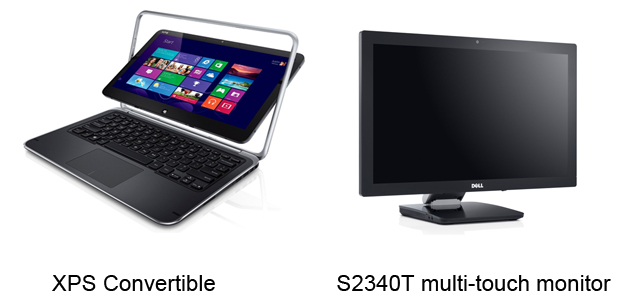
.jpg)
.jpg)


.jpg)
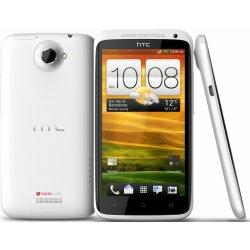
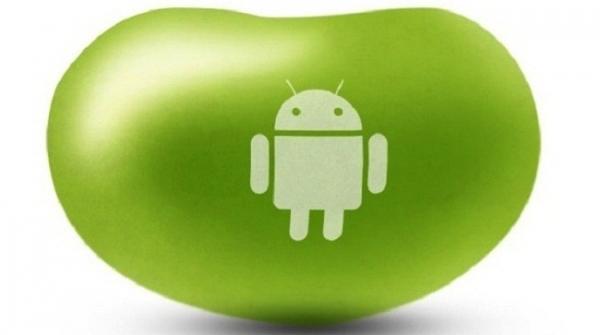

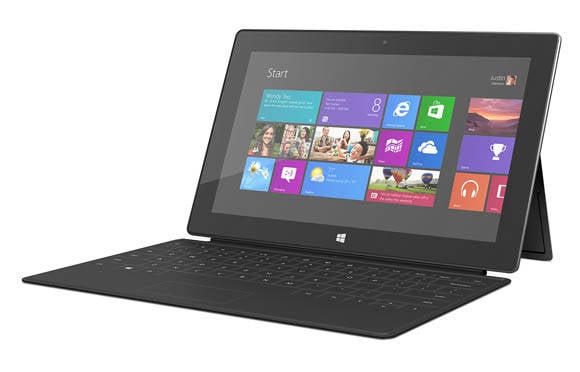
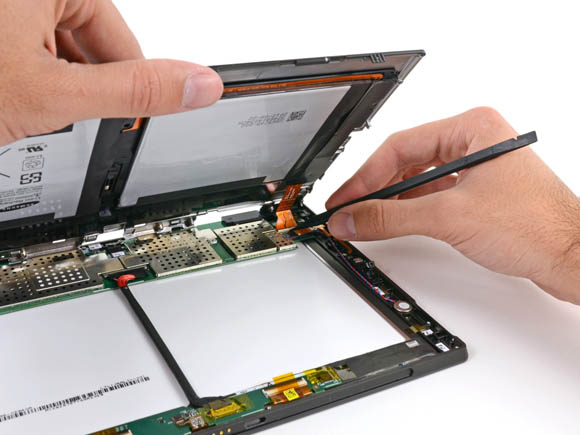


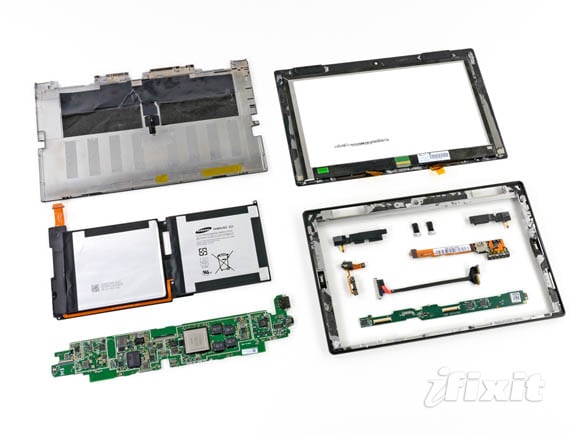
Darlington is a self-confessed smartphone junkie. Some are convinced he has a Microsoft tatoo hidden somewhere on his body. When he is not writing about Windows Phone, he is reading about it. Despite his passion and somewhat bias towards Windows Phone, he still manages to deliver objective and balanced articles. Current device » HTC Titan. Xbox Gamertag » MthOmnia - Add me